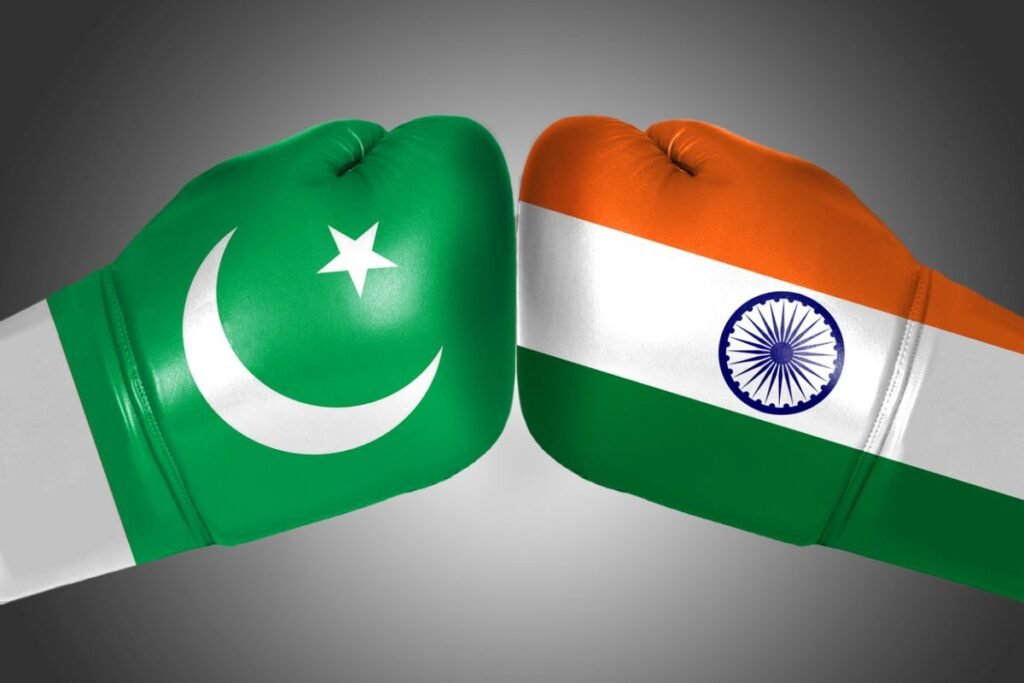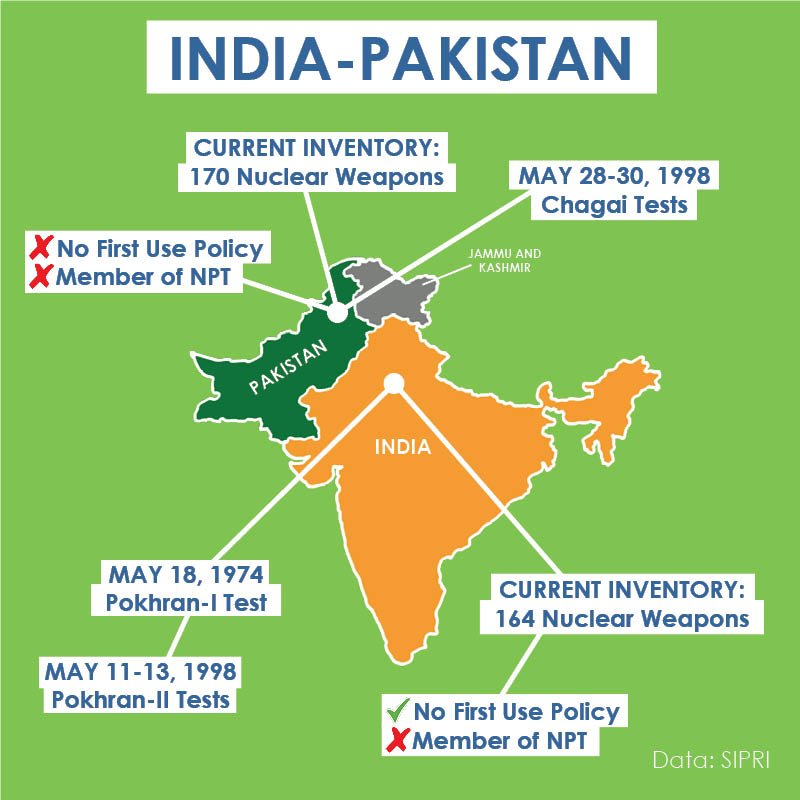The India-Pakistan dispute is one of the most enduring and complex conflicts in modern history, rooted in a long history of colonialism, partition, religious differences, and territorial disputes. Dating back to the partition of British India in 1947, the conflict has resulted in multiple wars, ongoing tensions, and a nuclear arms race, making it a significant concern for regional and global stability. Understanding the India-Pakistan dispute requires examining its historical context, key events, underlying causes, and efforts toward resolution.
Historical Background:
The roots of the India-Pakistan dispute can be traced back to the partition of British India in 1947. The British colonial rulers, faced with mounting pressure for independence, decided to divide the subcontinent along religious lines, creating the independent nations of India and Pakistan. The partition was based on the principle of religious majority, with predominantly Hindu areas becoming India and Muslim-majority regions forming Pakistan.
However, the partition was marred by violence, displacement, and mass migration, resulting in one of the largest and bloodiest population exchanges in history. The princely state of Jammu and Kashmir, with a mixed population of Muslims, Hindus, and Buddhists, became a focal point of contention between India and Pakistan.

Key Events and Conflicts:
- First Indo-Pakistani War (1947-1948): Soon after partition, conflict erupted in Kashmir as Pakistani-backed tribesmen invaded the region. The Maharaja of Kashmir sought India’s assistance, leading to a full-scale war between India and Pakistan. The conflict resulted in the establishment of the Line of Control (LoC), dividing Kashmir into Indian-administered and Pakistan-administered territories.
- Indo-Pakistani Wars of 1965 and 1971: Tensions between India and Pakistan escalated into full-scale wars in 1965 and 1971. The 1965 war, primarily fought over Kashmir, ended in a stalemate with both sides claiming victory. In 1971, the conflict centered on the independence movement in East Pakistan (now Bangladesh). India intervened in support of Bangladeshi independence, leading to the creation of Bangladesh and a decisive defeat for Pakistan.
- Kargil Conflict (1999): In 1999, Pakistani forces infiltrated Indian-controlled territory in the Kargil region of Jammu and Kashmir, sparking a limited war between the two countries. The conflict ended with India regaining control of the territory, but tensions remained high.
- Terrorism and Insurgency: The dispute over Kashmir has fueled terrorism and insurgency in the region. Pakistan has been accused of supporting militant groups operating in Indian-administered Kashmir, leading to frequent cross-border attacks and security crackdowns.
Underlying Causes:
- Territorial Disputes: The unresolved status of Jammu and Kashmir remains the primary source of conflict between India and Pakistan. Both countries claim the entire region but control only parts of it, leading to a protracted dispute.
- Religious and Cultural Differences: India and Pakistan have distinct religious identities, with India being predominantly Hindu and Pakistan predominantly Muslim. Historical animosities and cultural differences exacerbate tensions between the two nations.
- Water Disputes: The sharing of river waters, particularly the Indus River Basin, has been a contentious issue between India and Pakistan. The Indus Waters Treaty of 1960 partially resolved this issue but has faced challenges and disputes over its implementation.
- Cross-Border Terrorism: Pakistan’s alleged support for militant groups operating in Indian-administered Kashmir has been a major source of friction. India accuses Pakistan of sponsoring terrorism, while Pakistan denies the allegations and accuses India of human rights abuses in Kashmir.

Efforts Towards Resolution:
- Bilateral Dialogues: India and Pakistan have engaged in numerous bilateral dialogues and peace talks to address their differences and resolve the Kashmir dispute. However, progress has been hindered by mistrust, domestic politics, and recurring violence.
- Track Two Diplomacy: Civil society initiatives and track two diplomacy efforts have sought to facilitate dialogue and confidence-building measures between India and Pakistan, involving academics, former diplomats, and other non-governmental actors.
- International Mediation: Various countries and international organizations have attempted to mediate the India-Pakistan dispute, including the United States, China, and the United Nations. However, both India and Pakistan have generally preferred bilateral negotiations and have been wary of external interference.
- People-to-People Contacts: Despite political tensions, there have been instances of people-to-people contacts, cultural exchanges, and humanitarian gestures between India and Pakistan, fostering grassroots-level reconciliation and understanding.
Current Situation:
As of the present day, the India-Pakistan dispute remains unresolved, with sporadic violence along the Line of Control and ongoing diplomatic tensions. Both countries possess nuclear weapons, adding a dangerous dimension to their rivalry and raising concerns about the potential for escalation to nuclear conflict.
Efforts to restart dialogue and improve bilateral relations continue, but progress remains elusive amid deep-seated mistrust and unresolved issues. The India-Pakistan dispute remains a significant challenge for regional stability and a source of global concern, underscoring the urgent need for sustained diplomatic efforts, confidence-building measures, and a genuine commitment to resolving the underlying issues fueling the conflict.
